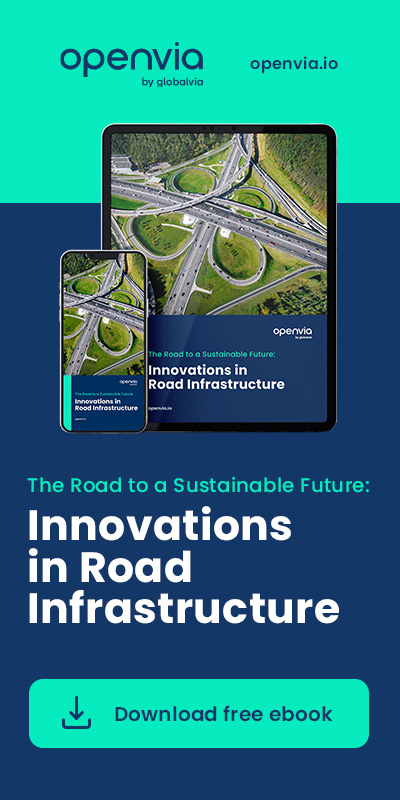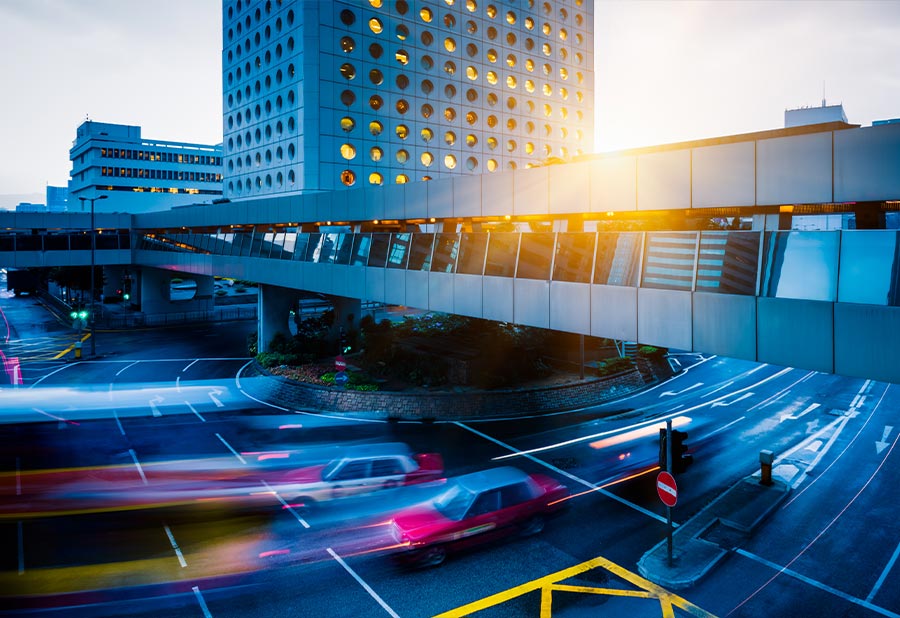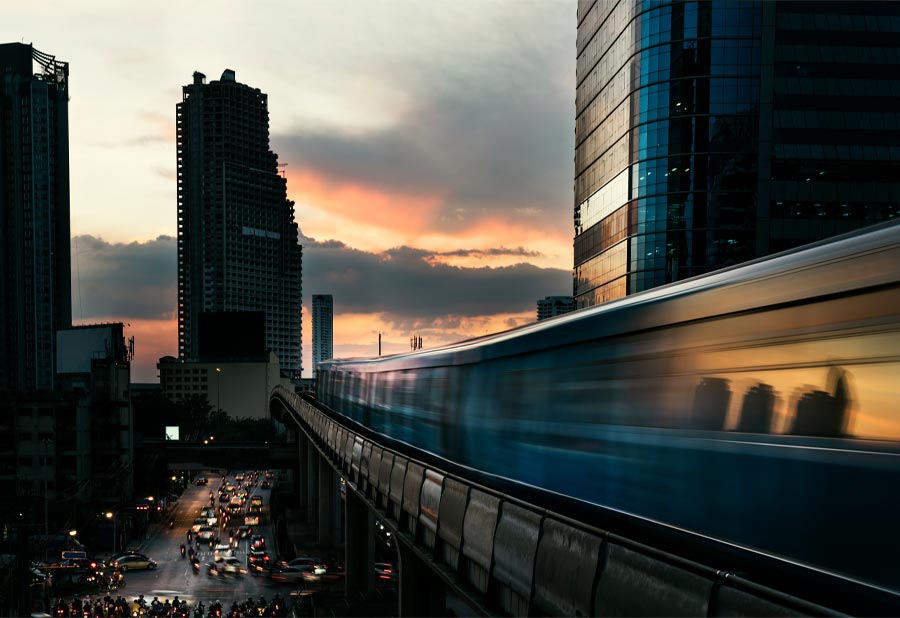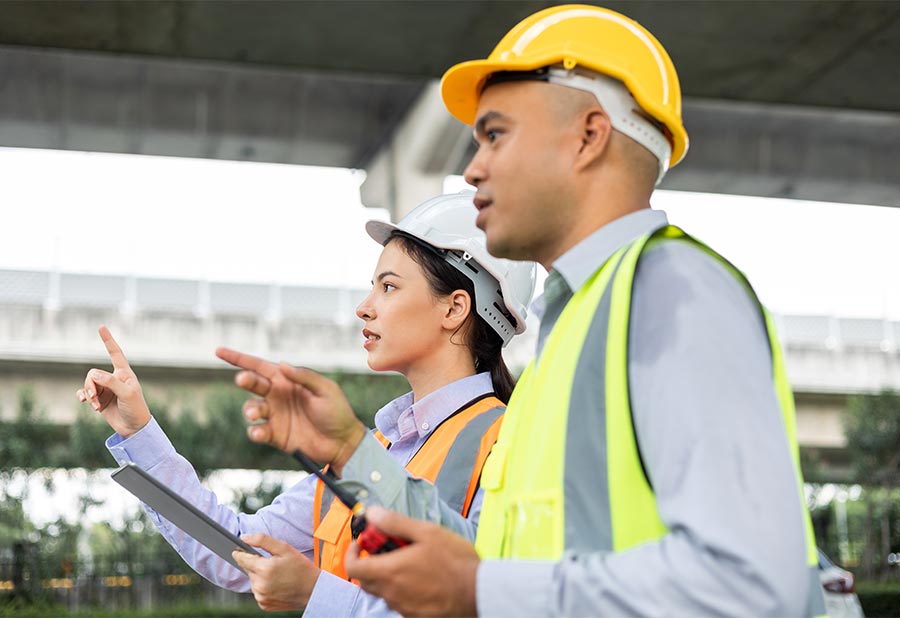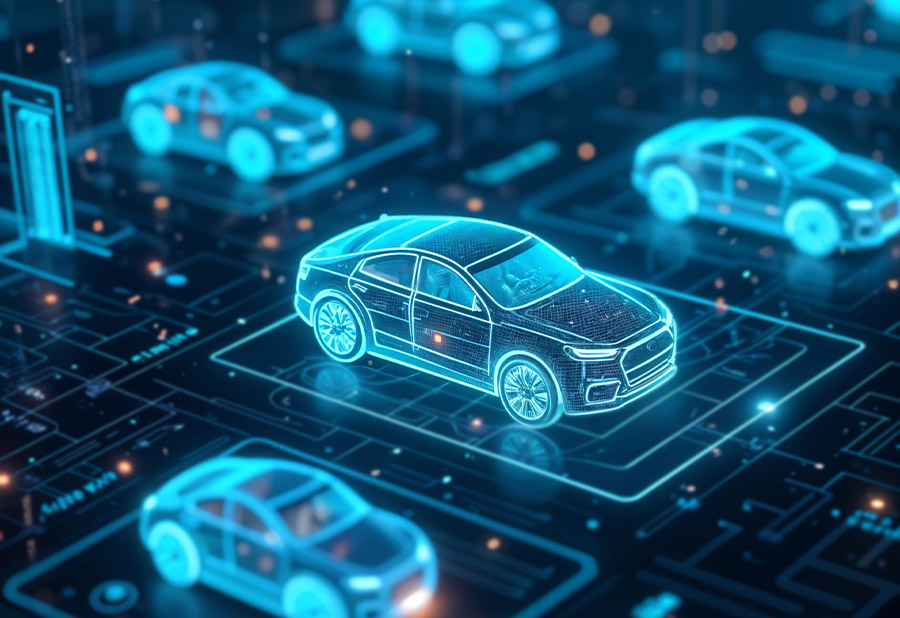Cities are under increasing pressure to move people and goods more efficiently while reducing environmental impact and improving public safety. Whether you’re commuting to work, navigating school drop-offs, or coordinating emergency services, how traffic is managed plays a key role in shaping your daily experience and the livability of your city. As we look toward the next decade, understanding the pressures shaping traffic systems is essential for building cities that are not only more efficient, but also more sustainable and responsive to the needs of their citizens.
Challenges of Traffic Management Up to 2030
Traffic management is at the core of how cities move, grow, and function. When it works well, everything else flows, people get to work on time, logistics operate smoothly, and roads become safer and more accessible. But when traffic management systems fall short, congestion, pollution, and frustration take over. As we look ahead to 2030, the challenges facing urban mobility are only getting more complex.
You’re probably already seeing some of these problems in action: longer commutes, rising fuel consumption, and outdated infrastructure struggling to keep up with growing populations. That’s why traffic management-and especially real-time traffic management, is emerging as a central pillar in the design of smarter, more sustainable cities.
Key Factors Transforming Traffic Management
By 2030, traffic management will be shaped by a combination of technology, policy, and user behavior. One of the most important shifts is the move toward smart urban mobility. This includes connected infrastructure, AI-powered analytics, and integrated mobility platforms that let cities react to road conditions in real time.
You’re likely to notice the influence of new technologies in your day-to-day travel. For instance, adaptive traffic signals already adjust their timing based on flow and congestion. And with the rise of autonomous and connected vehicles, traffic data will become even richer and more actionable.
Beyond the tech layer, policy changes are playing a big role. Many cities are rethinking how to prioritize road space-favoring buses, bicycles, and pedestrians over single-occupancy vehicles. Urban tolling, low-emission zones, and mobility-as-a-service (MaaS) platforms are becoming common tools for shaping how people move through cities.
Behavioral shifts are also transforming traffic management. Working remotely, using ride-sharing apps, or switching to micromobility options like scooters and e-bikes all influence how traffic flows and how infrastructure should adapt.
The Impact of Urban Mobility on Global Traffic
Urban mobility is growing fast. More people are moving into cities, and with that comes more cars, more delivery vehicles, and greater pressure on road networks. By 2030, it’s estimated that nearly 60 % of the global population will live in urban areas, making traffic congestion a daily reality for billions.
This rise in population density makes real-time traffic management not just a convenience but a necessity. Traditional, static traffic systems simply can’t keep up. With data coming in from GPS devices, mobile apps, traffic cameras, and IoT sensors, operators now have the opportunity to make decisions on the fly. But turning that data into action requires robust digital infrastructure.
Urban planning also needs to catch up. Many cities were not designed for the volume or variety of vehicles they now support. Narrow streets, limited parking, and insufficient public transport can all contribute to traffic bottlenecks.
And then there’s the environmental toll. Traffic congestion leads to higher emissions, wasted energy, and poor air quality. That’s why sustainable mobility is becoming a key goal for public and private sectors alike. Reducing vehicle dependency, encouraging multimodal transportation, and supporting clean energy initiatives will be vital components of any traffic management strategy moving forward.
Innovative Strategies to Tackle Traffic Congestion
So what can you expect from the next wave of innovation in traffic management? Some of the most promising strategies are already being tested or deployed in major cities.
1. Intelligent Transport Systems (ITS) These systems combine real-time data with automated controls to improve flow and reduce delays. For example, dynamic lane assignments, smart parking systems, and coordinated signal networks can dramatically reduce congestion during peak hours.
2. Mobility-as-a-Service (MaaS) MaaS platforms integrate public transport, ride-hailing, bike-sharing, and even walking routes into a single user-friendly app. You can plan and pay for your trip in one place. These tools not only simplify your journey but also reduce the number of private cars on the road.
3. AI and Predictive Analytics Artificial intelligence is enabling cities to forecast congestion and suggest preventive measures. Imagine being alerted before traffic builds up on your usual route, with alternative paths or departure times recommended based on real-time traffic management systems.
4. Prioritizing Low-Emission Zones and Car-Free Areas Many urban centers are designating zones where only electric vehicles or public transit are allowed. Some are experimenting with car-free days or pedestrian-only districts, giving streets back to people and reducing pollution at the same time.
5. Infrastructure for Micromobility Encouraging alternatives like bicycles, e-scooters, and walking requires safe lanes, well-lit paths, and designated parking. Cities investing in micromobility infrastructure are seeing not only fewer cars but also healthier, more connected communities.
6. Public Engagement and Digital Literacy It’s not all about sensors and software. Engaging citizens in traffic management decisions helps align public behavior with urban goals. If you’re aware of the impact of your commute, you’re more likely to consider alternative routes or modes of transport.
Looking Ahead to 2030
Traffic management is evolving rapidly, and the challenges up to 2030 will require creative, data-driven, and people-centered solutions. Whether it’s through smart urban mobility initiatives, real-time traffic management systems, or more sustainable infrastructure planning, the way forward is clear: better traffic means better cities.
As you navigate your city, remember that every trip is part of a bigger system. And that system, when managed thoughtfully, can improve your quality of life and make urban spaces more livable for everyone.
